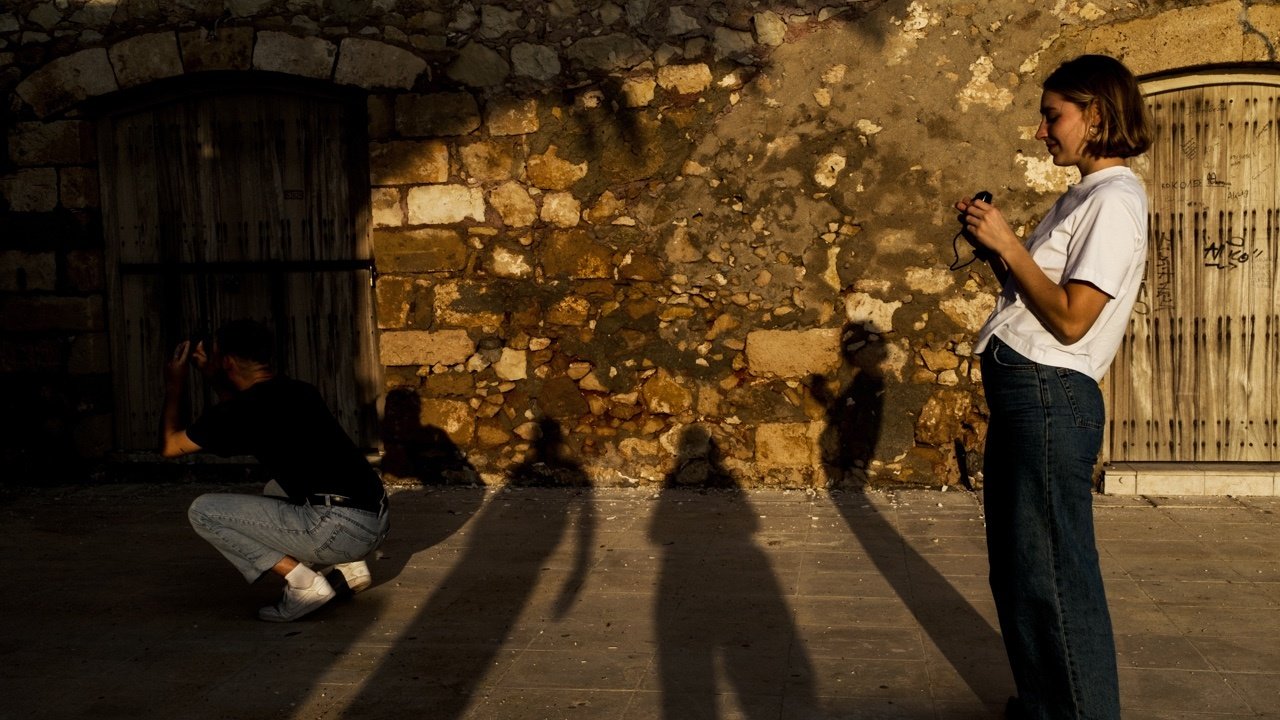Photography is a powerful storytelling tool. It can unveil the beauty and diversity of the world, provoke thought, inspire change, and connect individuals across diverse cultures and societies. However, when photographing vulnerable communities, it’s crucial to consider ethical guidelines to ensure respect, dignity, and fairness. This article discusses some key ethical considerations and best practices for photographing vulnerable communities.
1. Secure Informed Consent
When photographing individuals, especially those from vulnerable communities, informed consent is paramount. It’s essential to communicate your intentions clearly, allowing subjects to understand the implications of their participation fully. Photographers should respect a person’s decision to withdraw consent at any time, regardless of the situation.
2. Foster Collaboration
Instead of approaching photography as a one-sided process, engage with your subjects collaboratively. Strive to create an environment where individuals feel seen, heard, and valued. This may involve discussing the shoot’s objectives, allowing them to share their ideas, and providing space for their feedback during the process.
3. Prioritize Dignity and Respect
Photographers must always approach their subjects with dignity and respect. This means avoiding images that stereotype, stigmatize, or exploit. Remember, your goal should be to humanize, not to sensationalize. Consider how your images could impact the individuals or communities represented.
4. Confidentiality and Privacy
In some instances, preserving the confidentiality and privacy of the individuals photographed is vital. This may be necessary to protect them from potential harm or backlash. In such cases, consider using techniques that ensure anonymity, like photographing them in shadow or from behind.
5. Truthfulness and Context
Maintaining truthfulness in your images and providing appropriate context is crucial. Misrepresenting individuals or communities can have harmful effects. Always strive to ensure your images and accompanying narratives faithfully represent the situation and the people’s lived experiences.
6. Consider the Impact
Reflect on the potential consequences of your images. Who will see them? How might they be interpreted? Could they inadvertently cause harm? Being mindful of the larger impact of your work promotes responsible and ethical photography.
7. Cultural Sensitivity
Finally, cultural sensitivity is paramount when photographing in vulnerable communities. It’s essential to respect local customs, traditions, and social norms, which may involve researching beforehand or learning from local guides and translators.
Photographing vulnerable communities can yield powerful and impactful imagery, but it’s a responsibility that should never be taken lightly. By following these ethical considerations and practices, you can help ensure that your photography respects and honors the dignity and humanity of your subjects.


0 Comment